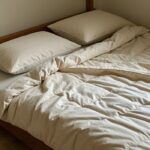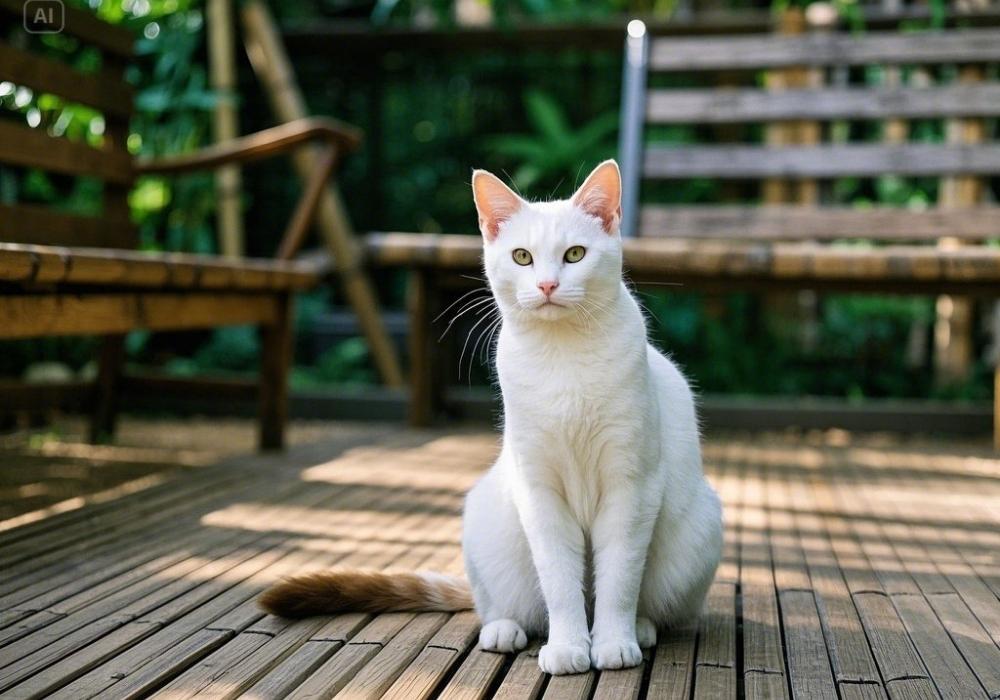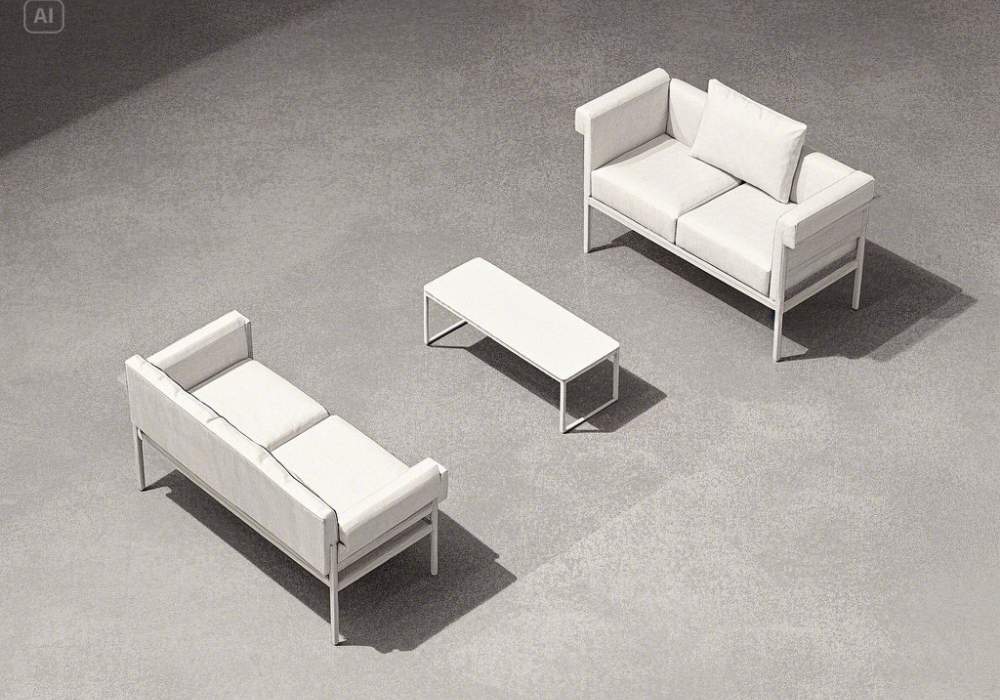Bamboo flooring has grown in popularity for its sleek aesthetic, durability, and eco-friendliness. But if you’re considering extending your bamboo floors outdoors, you might be wondering—is it a good idea? While bamboo is often associated with indoor applications, it’s natural to be curious about whether this sustainable material can withstand the elements outside your home.
This guide will explore everything you need to know about using bamboo flooring outdoors. From its unique characteristics to how it holds up against weather conditions, we’ll uncover the possibilities and limitations of using bamboo for outdoor spaces.
What Makes Bamboo Flooring Popular?
Before we dig into the outdoor possibilities, it’s worth understanding why bamboo flooring has become a favorite among homeowners and designers alike.
1. Eco-Friendly and Sustainable
Bamboo is a renewable resource that grows remarkably fast, reaching maturity in just 3-5 years compared to traditional hardwoods, which can take decades. This makes bamboo a leading choice for eco-conscious homeowners who want to reduce their environmental footprint.
2. Durability and Hardness
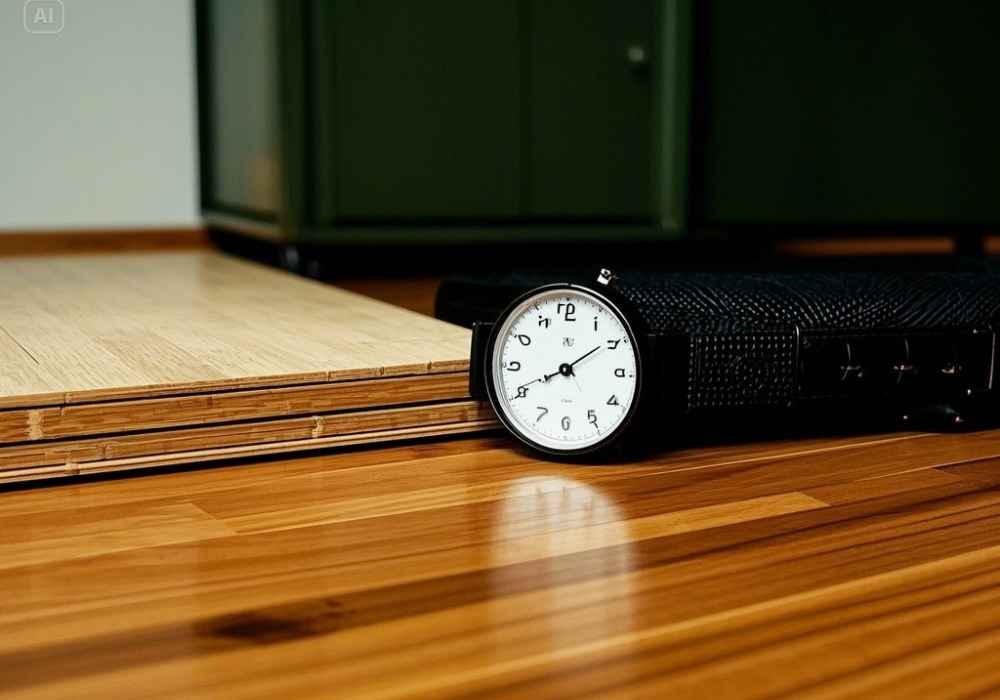
Strand-woven bamboo flooring is often harder than traditional hardwoods like oak or maple. It resists scratches, dents, and general wear and tear, making it suitable for high-traffic areas indoors.
3. A Stylish Premium Look
Bamboo flooring offers a contemporary aesthetic that blends seamlessly into modern, minimalist, or even rustic decor styles. Its clean lines and natural tones add warmth and sophistication to any space.
However, while bamboo holds up well indoors, we need to examine if these same qualities make it suitable for outdoor use.
Can Bamboo Flooring Be Used Outdoors?
Short answer? Not in its traditional form. Bamboo flooring is generally manufactured and treated for indoor use only. If placed outdoors without proper preparation, exposure to moisture, direct sunlight, and fluctuating weather conditions can severely damage it.
That being said, bamboo can be used outdoors if specific measures are taken. Below are the key factors to consider before using bamboo flooring in outdoor spaces.
1. Exposure to Moisture
One of bamboo’s biggest vulnerabilities is moisture. Traditional bamboo flooring is not waterproof. When constantly exposed to rain, humidity, or dew, the material can absorb water, causing warping, swelling, and even mold.
Solution: Look for bamboo products specifically designed for outdoor use, such as treated bamboo decking or engineered bamboo planks with waterproof coatings. These are manufactured with exterior applications in mind and are far better suited to handle moisture.
2. UV Damage from Sunlight
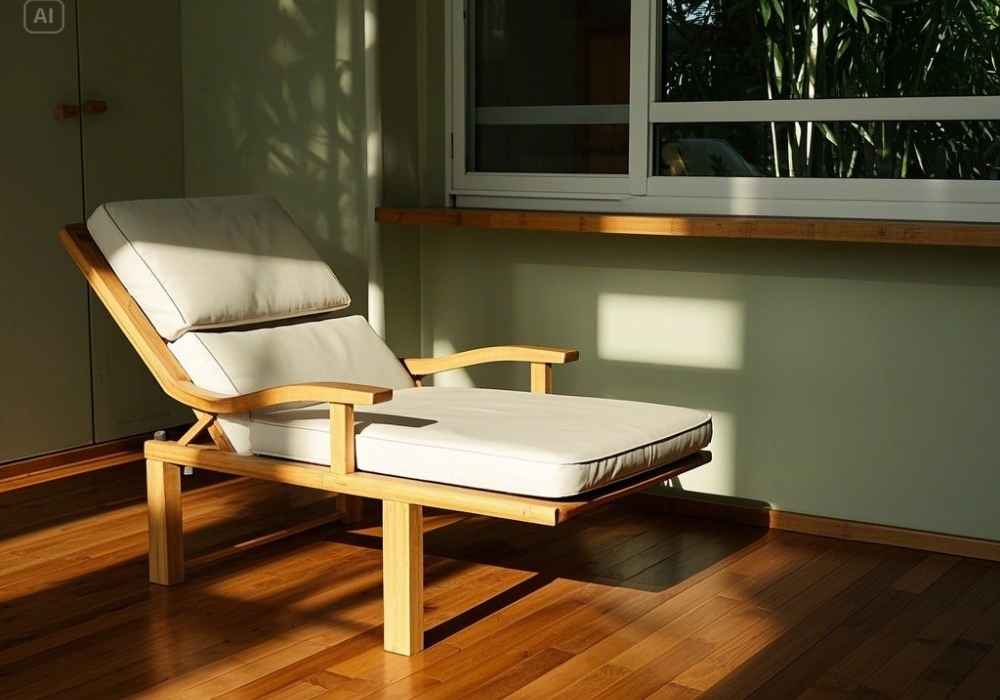
Natural bamboo flooring fades when exposed to direct UV rays for extended periods. Sunlight can cause discoloration and weaken the bamboo’s structural integrity.
Solution: If you’re using bamboo outdoors, positioning it in shaded areas or under covered patios is ideal. Additionally, applying a UV-resistant sealant can help mitigate sun damage.
3. Temperature Fluctuations
Bamboo expands and contracts with changes in temperature, which can be problematic outdoors, especially in areas that experience extreme weather conditions.
Solution: Leave a slight gap between bamboo planks during installation to accommodate natural expansion. This helps prevent buckling or cracking when temperatures rise and fall.
Recommended Types of Bamboo for Outdoor Use
If you’re set on incorporating bamboo into your outdoor space, it’s essential to choose the right type of bamboo material. Standard indoor bamboo flooring isn’t designed to handle outdoor conditions, but some specialized bamboo products are perfect for external applications.
1. Treated Bamboo Decking
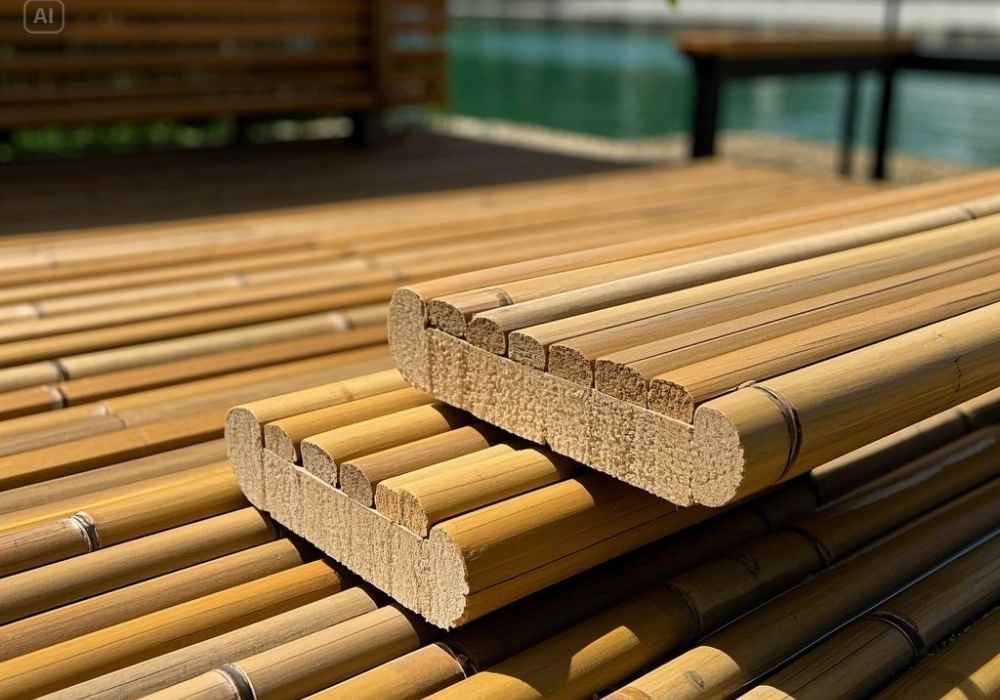
Outdoor bamboo decking is specifically designed to withstand the elements. This type of bamboo is pressure-treated and often sealed with moisture-resistant and UV-resistant coatings, making it highly durable.
2. Engineered Bamboo
Engineered bamboo is made from multiple layers of bamboo veneers fused with waterproof adhesives. It’s more stable and less prone to warping than solid bamboo, making it a better option for use on patios or porches.
3. Thermal-Treated Bamboo
Thermal-treated bamboo undergoes a high-temperature process that makes it more resistant to moisture and rot. It also has increased durability, making it ideal for outdoor use.
Where Can You Use Bamboo Outdoors?
If cared for properly and used in less exposed areas, bamboo can be both functional and eye-catching for outdoor designs. Here are a few creative ideas to incorporate bamboo into your outdoor spaces.
1. Covered Patios or Porches
Bamboo flooring is perfect for covered patios where it’s protected from direct rain and harsh sunlight. It can add a cozy and natural feel to your seating areas.
2. Gazebos or Pergolas
If you plan to create an inviting gazebo or pergola, bamboo flooring can bring warmth and style to the overall aesthetic while offering a durable surface under a roof.
3. Outdoor Yoga Decks
Imagine a calming bamboo floor beneath your feet as you stretch and unwind on your yoga deck. Just ensure you’re using waterproof, UV-treated bamboo to maximize longevity.
4. Garden Walkways
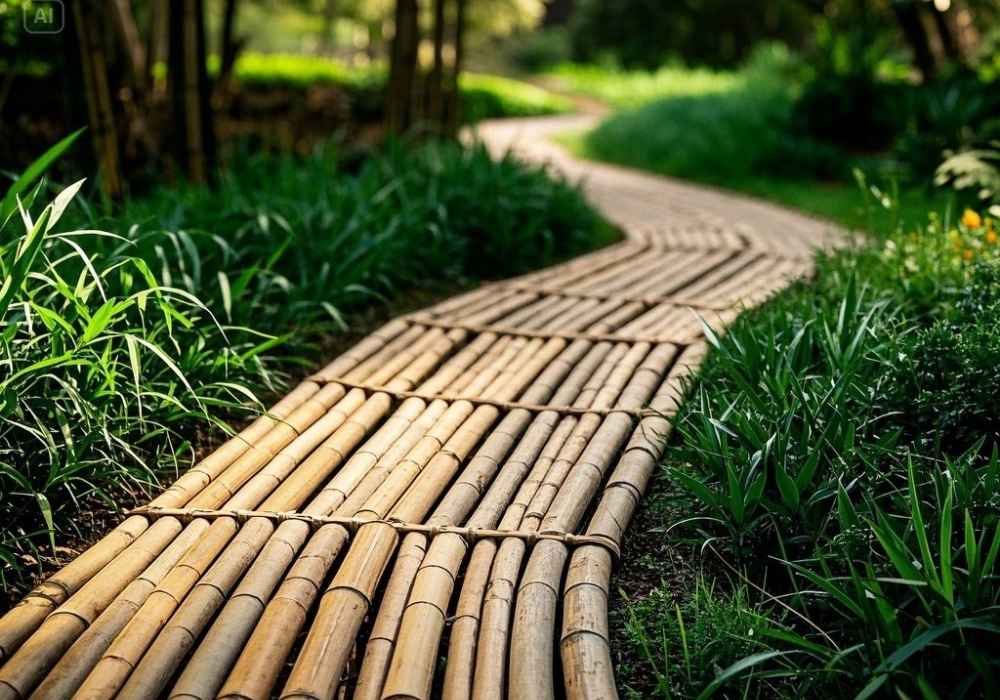
For a unique and earthy touch, bamboo planks can create stunning garden walkways. Always use outdoor-specific treated bamboo to ensure it holds up against weather conditions.
Maintenance Tips for Outdoor Bamboo Flooring
To extend the lifespan of bamboo flooring in outdoor settings, proper maintenance is essential. Here’s how you can care for your outdoor bamboo surfaces.
1. Apply Sealer Regularly
A high-quality outdoor bamboo sealer provides added protection against water, UV rays, and wear. Reapply the sealant annually to ensure maximum durability.
2. Clean Spills Immediately
Promptly clean up any spills or puddles to avoid moisture absorption or mildew growth. Use a gentle cleanser and a soft cloth to wipe the surface.
3. Inspect for Damage Periodically
Look for cracks, warping, or discoloration regularly. Addressing minor issues early on can prevent larger problems down the road.
4. Avoid Excess Pressure
Be mindful of heavy furniture or equipment placed on bamboo floors, as they can cause dents or damage. Use protective pads on the feet of furniture to distribute weight more evenly.
Final Thoughts: Bamboo Flooring for Outdoor Spaces
While bamboo flooring isn’t naturally suited for outdoor use, specialized bamboo products like treated decking and engineered bamboo make it possible to incorporate this beautiful, sustainable material into exterior spaces. With the right precautions, treatments, and maintenance, bamboo can add a touch of elegance and warmth to covered patios, gazebos, and garden walkways.
Want to explore more innovative ways to use bamboo in your home? Subscribe to our newsletter for expert tips and DIY guides tailored to homeowners, landscapers, and DIY enthusiasts.




